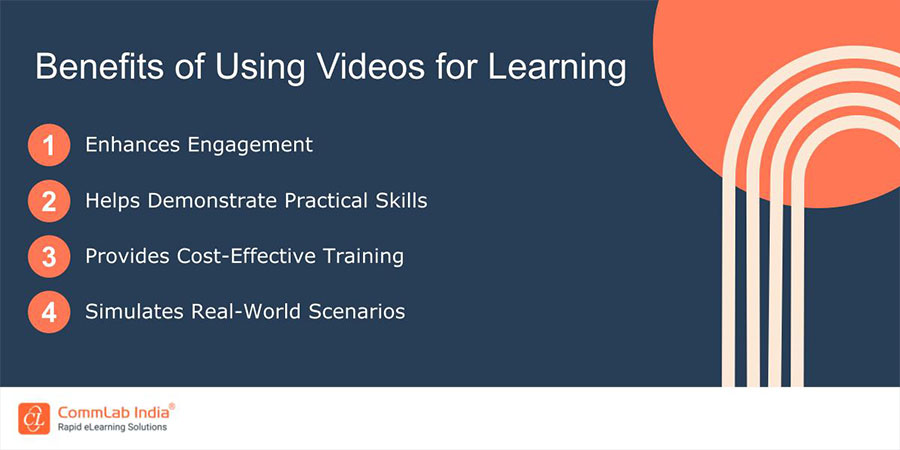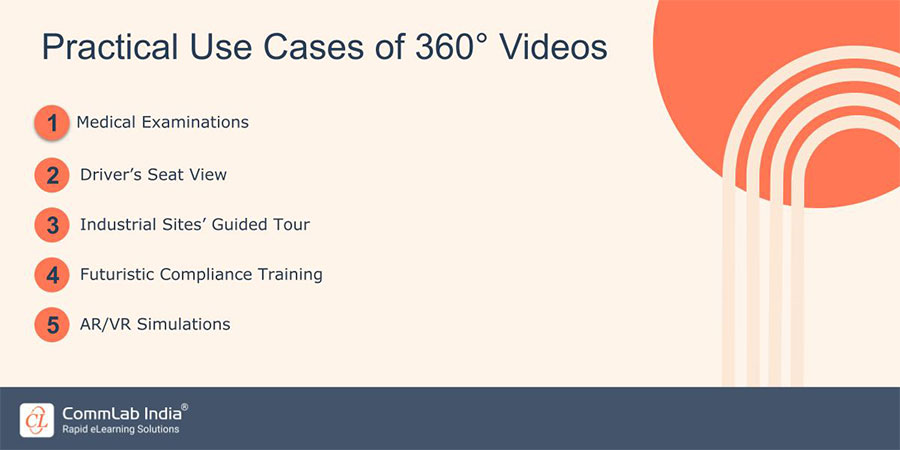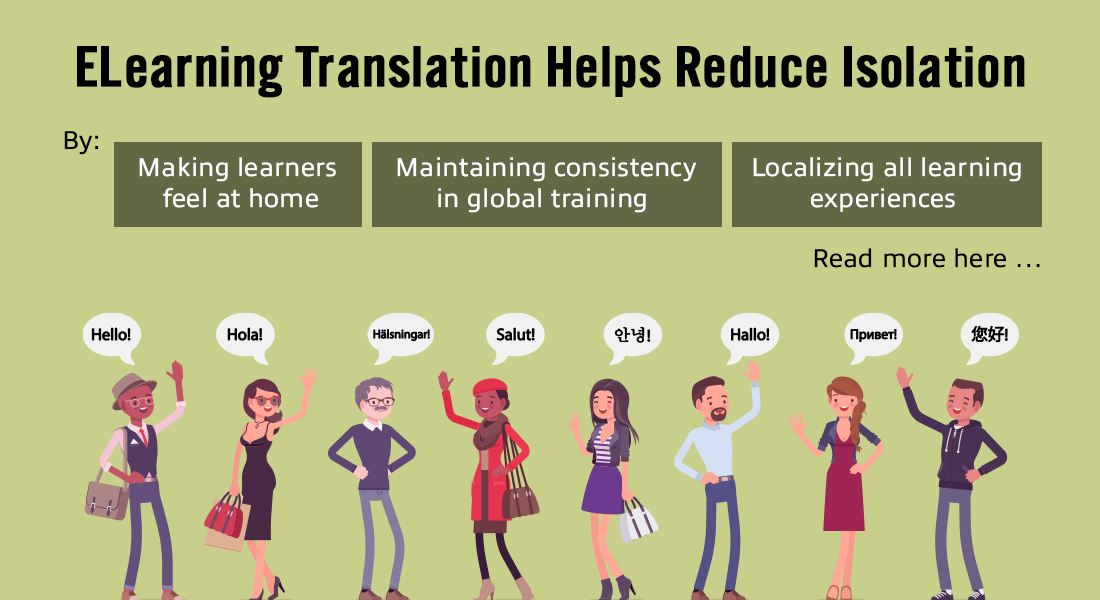7 Ways Video-Based Learning Helps the Healthcare Industry

The healthcare industry is a complex, ever-evolving field. Healthcare professionals must constantly learn new procedures, regulations, and technologies to provide the best possible care to patients. Video-based learning has emerged as a powerful tool to help healthcare workers stay up-to-date and continuously improve their skills. In this blog post, we'll dive into seven compelling ways video-based learning is revolutionizing healthcare training.
Do You Want to Make Your Healthcare Training More Effective? Try Video-Based Learning!
Here are a few ways it helps -
- Enhanced engagement and retention
- Demonstration of complex procedures
- Simulations of real-world scenarios
- Standardization of training
- Improved patient education
Traditional healthcare training methods often involve lengthy text-based manuals, classroom lectures, and occasional hands-on simulations. While these have their place, they can be time-consuming, expensive, and sometimes lack the real-world context needed for knowledge to truly stick. Video-based learning offers a dynamic and engaging alternative that's increasingly preferred by healthcare professionals and training institutions alike. Here are a few benefits of using videos for learning.

7 Ways Video-Based Learning is Transforming the Healthcare Industry
1. Enhanced Engagement and Retention
Videos are inherently more stimulating than plain text. By combining visuals, audio, and sometimes interactive elements, video-based lessons can capture learners' attention and facilitate a deeper understanding of complex medical concepts. Various studies show that visual information is processed far more efficiently by the brain than text alone, leading to improved knowledge retention over time.
2. Demonstration of Complex Procedures
Medical procedures often involve intricate steps and precise techniques that can be difficult to convey through text or diagrams. Videos allow trainers to demonstrate procedures in a step-by-step manner, offering close-ups and multiple angles. Learners can watch these videos repeatedly, pausing and rewinding as needed, ensuring they fully grasp the nuances involved.
→ Download Infographic Now: Video-Based Learning to Scale Corporate Training
3. Simulation of Real-World Scenarios
Video-based learning can create realistic simulations of patient interactions, medical emergencies, and diagnostic procedures. This allows healthcare professionals to practice decision-making, communication skills, and critical thinking in a safe, controlled environment. Immersive simulations facilitate learning from mistakes without jeopardizing patient safety.
4. Accessibility and Flexibility
Video-based learning resources can be accessed online from virtually anywhere, anytime. This is particularly beneficial for healthcare workers with busy schedules or those working in remote locations. Learners can progress at their own pace, revisiting content as needed, leading to a personalized and adaptable training experience.
5. Cost-Effectiveness
Developing video-based learning modules might have an initial upfront cost. However, these resources can be used repeatedly, reaching a large audience over time. This can reduce the need for in-person healthcare training sessions, travel expenses, and potential disruptions within healthcare facilities due to staff being pulled away for training.
6. Standardization of Training
Video-based learning ensures that all healthcare professionals receive consistent, high-quality training, regardless of their location or trainer. This standardization is critical in maintaining quality standards across healthcare systems and ensuring that all patients receive the same level of care.
7. Improved Patient Education
Videos aren't just for training healthcare providers. They can be a valuable tool in patient education as well. Short, easy-to-understand videos can explain medical conditions, treatment options, medication instructions, and self-care procedures. This empowers patients to take an active role in their health, leading to improved health outcomes.
Examples of Video-Based Learning in Healthcare
- Surgical procedures: Videos can offer different perspectives during operations, including:
- Surgeon's view: Detailed view of the surgical field, with step-by-step explanations of the procedure.
- Over-the-shoulder view: Allows learners to observe the surgeon's hand movements and instrument techniques closely.
- 360-degree videos: Provide an immersive experience, letting the operator control their viewing angle within the operating room. Here are a few more use cases of 360-degree videos, not just for healthcare, but on a generalized basis.

- Clinical skills: Videos can break down complex skills:
- Wound care: Demonstrate proper cleaning, dressing, and monitoring techniques for various wound types.
- Medication administration: Explain different routes of administration (oral, intravenous, etc.), dosage calculations, and potential side effects.
- Patient assessment: Guide learners through a systematic head-to-toe assessment, including vital sign interpretation.
- Soft skills: Videos enhance communication and interpersonal skills:
- Doctor-patient communication: Simulate patient interactions to practice delivering difficult news, explaining complex diagnoses, and building rapport.
- Empathy building: Use patient testimonials or acted scenarios to foster understanding of patient experiences.
- Handling difficult patient scenarios: Demonstrate de-escalation techniques, conflict resolution, and managing patients with challenging behaviors.
- Compliance training: Ensure understanding of critical guidelines:
- HIPAA regulations: Explain privacy rules, data security, and patient rights through engaging animated videos.
- Ethical guidelines: Cover topics like informed consent, end-of-life decisions, and professional boundaries using case studies.
- Safety protocols: Demonstrate hand hygiene, infection control measures, and incident reporting procedures.
Tips for Creating Effective Healthcare Training Videos
- Keep it short and focused: Aim for videos under 10 minutes, ideally 3-5 minutes, to maintain learner attention. Address a single learning objective per video. Here are a few benefits of videos for learning. Here’s a short video to help you understand how to make microlearning videos.
- High production quality: Invest in good equipment and video editing software, or consider hiring professionals. Pay attention to:
- Lighting: Avoid harsh shadows for clear visibility.
- Audio: Use external microphones to minimize background noise.
- Editing: Ensure smooth transitions and clean cuts for a polished feel.
- Incorporate visuals
- Diagrams and animations: Simplify complex anatomical concepts or physiological processes.
- Real-world footage: Use videos of actual procedures or patient interactions (with consent) for enhanced realism.
- On-screen text: Highlight key points or definitions.
- Interactivity: Consider these elements if your platform supports them:
- Quizzes: Short knowledge checks throughout the video.
- Branching scenarios: Let learners make choices and see the consequences in a simulated environment.
- Feedback mechanisms: Allow learners to ask questions or share reflections.
- Accessibility: Make videos accessible to diverse learners:
- Captions: Essential for those with hearing impairments.
- Transcripts: Provide a text alternative for the video content.
- Audio descriptions: Describe visual elements for visually impaired learners.
Parting Thoughts!
Video-based learning is a game-changer in the healthcare industry. Its ability to enhance engagement, demonstrate procedures, simulate real-world situations, and improve accessibility makes it an indispensable tool. As technology continues to advance, we can expect video-based learning to play an even greater role in shaping the future of healthcare training. Here’s a comprehensive infographic to help you understand more about how video-based learning can be used to enhance and scale corporate training, check it out now!





![Why Digital Learning for Healthcare Training? [Infographic]](https://blog.commlabindia.com/hubfs/Imported_Blog_Media/digital-learning-for-healthcare-training-infographic1.jpg)